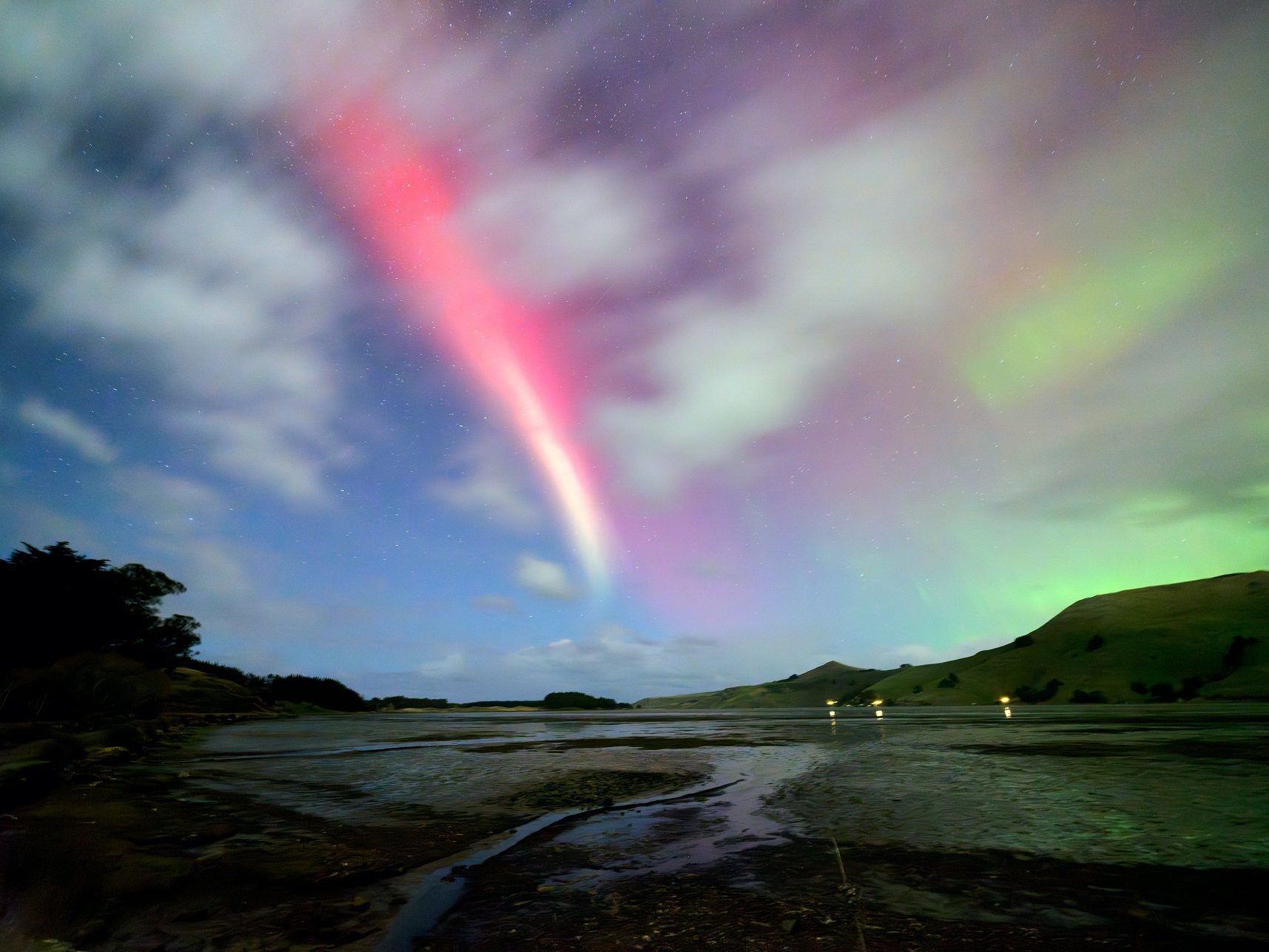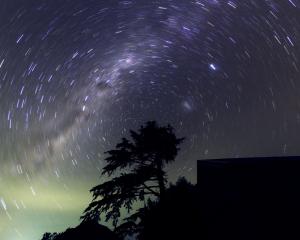
But let me tell you, our southern skies are always brimming with surprises, and this week has been a veritable cracker.
Literally, on Tuesday, I had to send a frantic note to my trusty editor Tom, asking him to "hold the front page" after writing a rather beautiful (in my opinion) piece about the full moon.

Now, you might be thinking, "Steve? What sort of name is that for a cosmic phenomenon?", but trust me, Steve isn’t just a quirky nickname. Steve stands for Strong Thermal Emission Velocity Enhancement. It’s certainly a mouthful.
But what it boils down to is a groundbreaking discovery in auroral science, a unique and thrilling addition to our understanding of the cosmos.
Auroras are typically associated with the dazzling, shimmering lights in our southern sky. They are created by charged particles from the Sun interacting with Earth’s magnetic field and atmosphere.
Steve stands out because it’s not actually an aurora.
Instead of the classic green curtains of auroras, Steve appears as a narrow, glowing beam of purple or white light. It’s a plasma, and scientists are scrambling to explain how it actually happens.
Why is Steve so important?
For starters, it adds a new piece to the puzzle of how our planet’s magnetic field, atmosphere and the wind from the sun interact. Understanding Steve is not just a scientific curiosity; it’s a key to refining our space weather models. These models, in turn, can affect satellite communications and power grids here on Earth.
This discovery reminds us that the universe is full of mysteries waiting to be uncovered, and understanding them can directly impact our daily lives.
So, as I watched Steve dance in the sky above Papanui Inlet, I silently grinned inside.
I adore the unpredictable nature of our southern sky.
And with Steve putting in an appearance, there’s never a dull moment.
Keep looking up!










